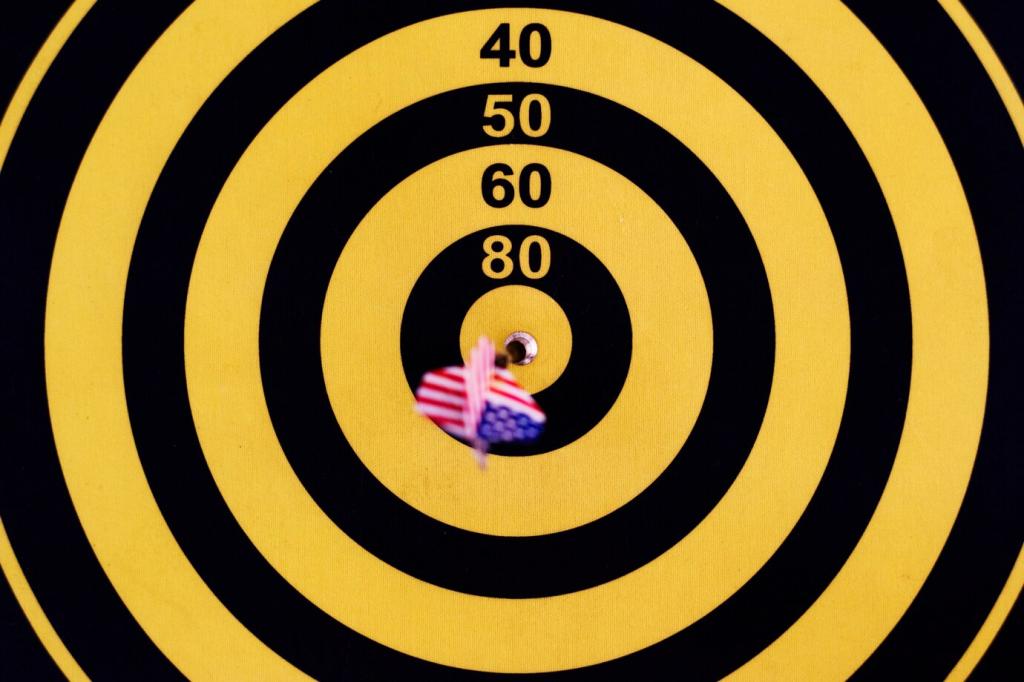Mindful Pacing and Perceived Exertion (RPE)
Run five minutes at a conversational breath pattern, then five with sentences broken into halves. Label sensations, not judgments. Compare with heart-rate or power afterward, teaching your brain to trust internal dashboards during chaotic race moments.
Mindful Pacing and Perceived Exertion (RPE)
Halfway, ask: could I finish this mile ten seconds faster without form collapse? If yes, nudge. If no, keep smooth. This honest inquiry replaces ego surges with sustainable gains, compounding small, mindful decisions into powerful finishing speed.











